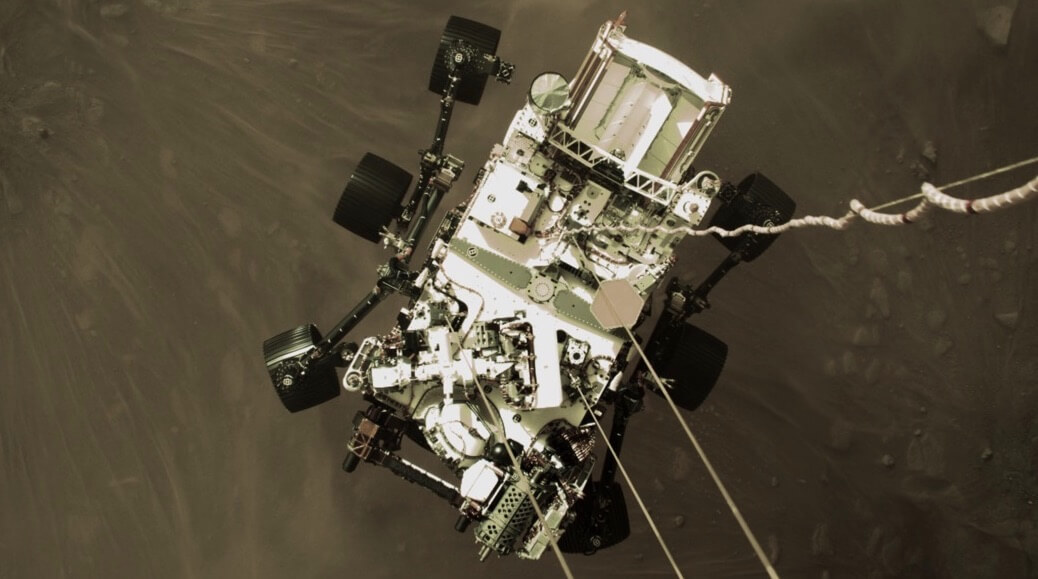Catch someone at just the right moment with new information or evidence and sometimes they will be willing to connect loose dots, make some assumptions and accept a vague story, rather than do some critical thinking. Sometimes this can be handy if you’re blagging it but mostly, knowing the facts is a stronger position and here’s why.
Here are two very recent examples of when the above happened:
- A widely shared fake video (plus eerie sound) of the Perseverance Rover on Mars, originating on Twitter
- A theory undermining the story of Helen Keller gained traction, originating on TikTok
President Obama had a point
I remember seeing Barack Obama on a walkabout and, on agreeing to have a selfie with a member of the public, he commented that if there wasn’t a photo for the record then it didn’t happen! It was a joke but the inference was clear, that nowadays if someone is to believe something remarkable or transient, like a friend bumping into the President, there better be some photos to back it up. Sell it to the press and you will want to make sure your photos have the right metadata as well to confirm it’s authentic.
In a recent interview on my School in the Fast Lane’ Podcast, veteran educationalist Alan November described our current time as the ‘age of manipulation’. He’s right of course. For example, many news outlets have been portraying an image of schools as ‘closed’ and this has had eyes rolling in staff meetings across the country for a long time now. Thankfully parents know better but regardless the narrative is misleading.
But, I’m just as susceptible as the next person as both a school governor and in my Blippit work. Just a couple of months ago I learned that, on top of the fact that learning is very much still happening in schools, there was evidence of learning also going up on classroom walls as displays! I couldn’t believe it because displays require such an effort and I’d assumed it would be too big of a task on top of everything else. What convinced me it was real were photographs shared by various schools on social media. My radar was switched on to conversations about school displays of course because, in my work, we had just released Blippit Boards app, created to help teachers capture & organise displays, a bit like Insta, then see them transform automatically into lovely charts to support subject leaders. Stand still long enough in a school and you’ll end up in the background of a photo. So much good stuff has been done in schools this last year. How helpful could it be in the future to look back at what emerged in displays over this very unique period?
In part, I think it has become so easy to capture life and work digitally that as people we have reached a natural point in our storytelling evolution where a convincing digital artefact is just now expected to help prove that something happened. Those of us who are into ‘audience and purpose’ may feel understandably overwhelmed at times though. “Why are they sharing this with me?”
What part do we play?
It feels like we have all now somehow stumbled into becoming curators (from Latin: cura, meaning “to take care”) of our work and life. What we keep or throw out is important and it seems reasonable to me that we should take more care than ever about what we photograph, share, think critically about and advocate. By association, clarity about ‘who’ we’re curating for is as important too. If it’s unclear then the activity can feel futile.
While I hope this isn’t entirely a projection on my part, I’d like to believe that people want what they create and curate to be part of a wider, insightful narrative that will tell its own story and that this is true whether people are tweeting to a personal learning network with one eye on the next interview panel or using our Boards app with their esteemed school subject leader colleagues and Ofsted in mind.


1 thought on “Did it really happen if there’s no photo?”